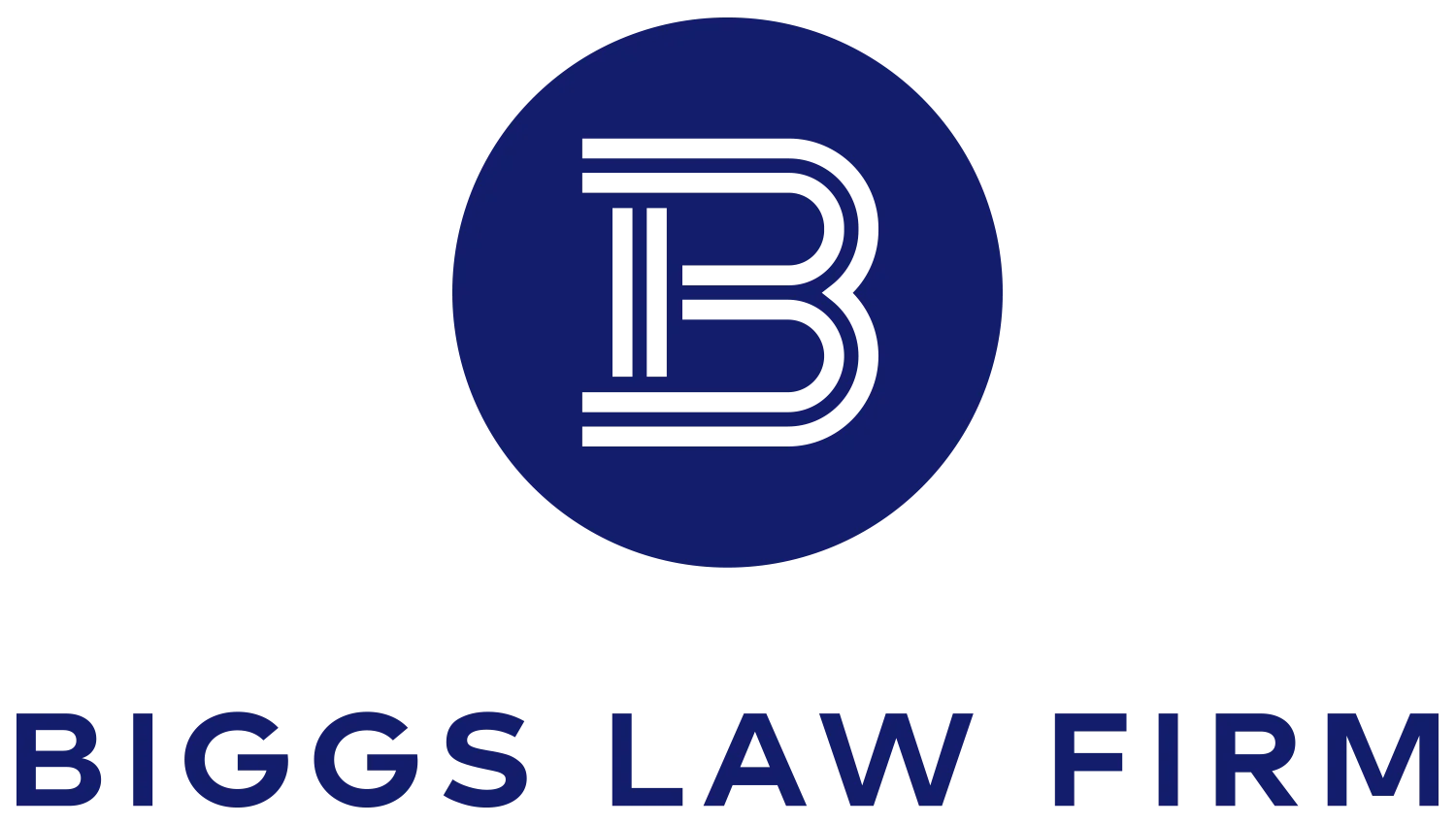Understanding the Differences Between the Different Bankruptcy Chapters
Individuals and businesses who are facing hard financial times often consider bankruptcy when looking for debt relief. While Chapters 7, 11, and 13 may resonate with you as different bankruptcy chapters you’ve heard of, many individuals aren’t clear as to the differences between these cases. Even fewer realize that there are far more types of bankruptcy cases than just the ones described above.
Here at Biggs Law Firm, we often help clients with at least five different types of bankruptcy cases, including cases filed as Chapter 7s, Chapter 11s, Subchapter V of Chapter 11s, Chapter 12s, and Chapter 13s. Below, we’ll delve into the distinctions between these common types of consumer and business bankruptcies and also provide some insight into the other types that exist for good measure. In the end, our expectation is that you’ll have a better understanding of the differences between the different bankruptcy chapters so you’ll know what type to pursue, depending on the circumstances you find yourself in.
Differentiating Between Each Common Bankruptcy Chapter
As referenced earlier in this article, the types we most commonly assist clients with at our Raleigh and New Bern law offices include:
Chapter 7 Bankruptcy
This is often referred to as a liquidation bankruptcy and is an option available not only to individuals but also to businesses struggling with debt. Assets with equity that cannot be protected through the available exemptions are sold by the bankruptcy trustee to pay creditors.
Consumer debtors must generally pass the mean’s test to file Chapter 7 bankruptcy, which checks to see if a debtor has an ability to repay their creditors through a monthly payment plan.
One of the benefits associated with filing Chapter 7 is that the process is quicker than all of the other options because there is no repayment plan. Debts, particularly those that are unsecured, that are not paid are discharged. Chapter 7 is a good option if the bulk of a person or businesses debts are unsecured, such as medical bills, credit card balances, or other unsecured loans. Certain secured debts, such as car loans, can be reaffirmed so that individuals can keep their cars and make the remaining loan payments.
Chapter 11 Bankruptcy
This bankruptcy chapter is also referred to as a reorganization bankruptcy because it allows North Carolina businesses to restructure their debts. In this case, a company will typically craft a “Plan of Reorganization.” Once the Plan of Reorganization is approved by the Court, it becomes the new document that says how all creditors will be paid, it at all. Plans of Reorganization can include different manners of addressing debts, such as selling assets, surrendering assets to lenders, rejecting unprofitable leases or contract, and establishing more manageable loan payments. Subchapter V Chapter 11 cases are only for small businesses and are often cheaper and faster than a “traditional” Chapter 11 case.
Chapter 12 Bankruptcy
This bankruptcy option is available only to family farmers and fisheries who meet the debt limits and income requirements of Chapter 12 Agricultural debtors, for example, who file this type of bankruptcy generally enter into a 3- to 5-year repayment plan to repay creditors. Chapter 12 contains several unique benefits to help farmer and fishermen, such as the ability to make annual payments to creditors, favorable tax treatment, and the ability to modify debts related to the farming or fishing operation that are not available in other type of bankruptcy. The bankruptcy trustee presides over the case and collects and distributes payments to creditors.
Chapter 13 Bankruptcy
This type of bankruptcy is only available to individuals looking for modified payment terms to repay their creditors. Businesses are not eligible to file Chapter 13 Bankruptcy cases. This bankruptcy type is a common choice among individual debtors looking to keep their homes and cars as it gives individuals the ability to catch up past due payments over a period of time instead of having to come up with a lump sum payment.
Most debtors will have a 3- to 5-year repayment period to bring their debts current. Generally, any remaining unsecured debts a person has after making timely payments per the repayment plan for 3-5 years will be discharged, meaning they won’t have to pay anything more of what’s due.
Other Chapters of Bankruptcy That Exist
While we won’t go into too much detail about them below, we do want you to be familiar with other bankruptcy chapters that North Carolinians have to choose from. Those include:
- Chapter 9: This bankruptcy type specifically protects municipalities from creditors as they devise a repayment plan for tackling their outstanding delinquencies
- Chapter 15: This chapter of the U.S. bankruptcy code deals with cross-border insolvency. It allows for foreign entities indebted to U.S. creditors to address that indebtedness.
Where To Turn for Help in Determining If Bankruptcy (and Which Chapter) Is Right for You
Bankruptcy isn’t the only form of debt relief and isn’t necessarily the right choice for all consumer or business debtors. Additionally, not all bankruptcy options are pursuable by everyone. An experienced bankruptcy attorney can advise you whether this form of debt relief is best suited for your financial situation and, if so, which chapter is the right one to pursue. Contact our Raleigh law office, Biggs Law Firm, to discuss your unique debt issues and how to best deal with them.
Start The Process Today
Schedule your consultation with one of our experienced attorneys.
